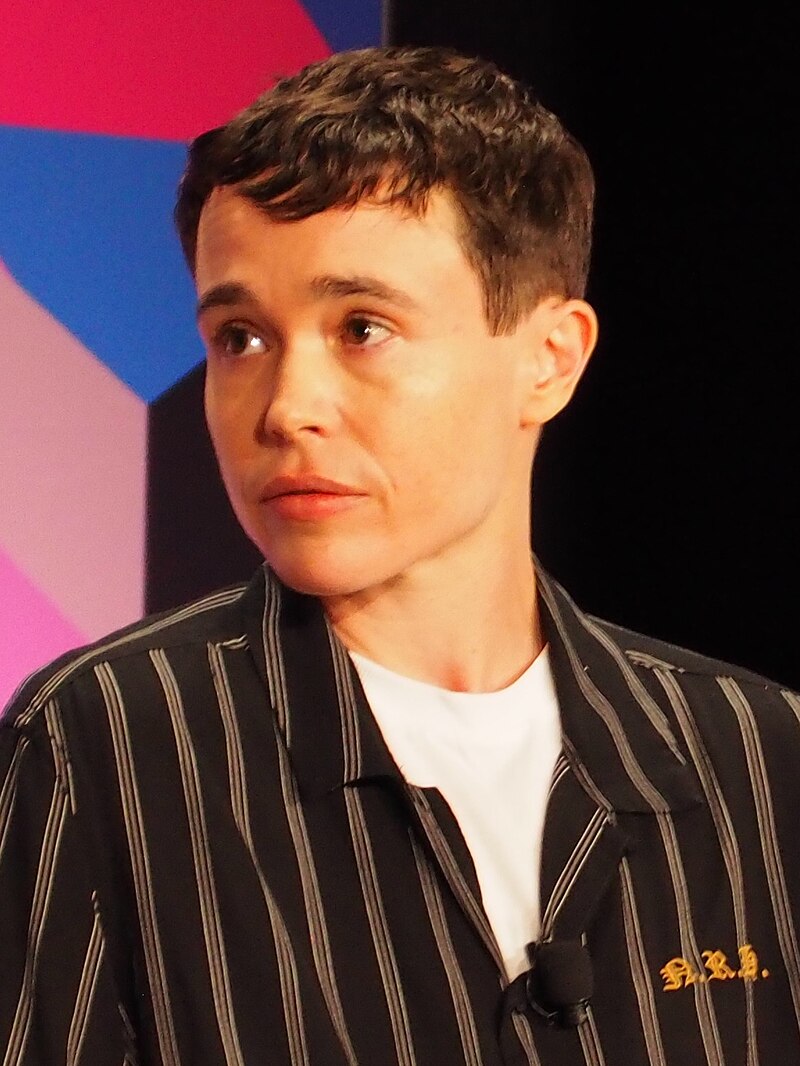
Amidst a national workforce in flux, a new type of worker is emerging and, at 26 million workers and counting, it shows no sign of stopping anytime soon.
Since the Green Jobs Act of 2007, green collar jobs and the green economy have skyrocketed within the United States—with the green economy now estimated to be a $1.3 trillion sector, making up seven percent of the annual GDP.
The UN defines the green economy as one that “improves human well-being and builds social equity while reducing environmental risks and scarcities.” Initiatives include carbon reduction, sustainable development, growth in renewable energy, and funding for climate-related disasters.
Combining passion with productivity, the green collar worker is rising to fill those needs—representing a growing demographic seeking jobs in the green economy to support an energy-efficient and eco-friendly future.
They’re teachers, engineers, architects, farmers, lawyers, and more—and they represent one of the fastest-growing sectors, expected to skyrocket to 40 million (approximately one out of every four workers) by 2030, according to current labor projections.
The Rise of the Green Collar Worker
From a 2021 study by Pew Research, 71 percent of millennials say climate should be the top governmental policy priority to ensure a sustainable planet for future generations, with Gen Z following suit at 67 percent.
At such high levels of climate awareness among the millennial and Gen Z populations, and with nine out of ten workers reporting that they would be willing to earn less money to do more meaningful work, it’s no wonder green collar jobs appeal to a young workforce eager for catalyzing change—from working on urban farms to joining local non-profits committed to reducing our societal environmental impact.
And yet, it’s not just young individuals jumping onboard the green collar workforce. Workers of all varieties are joining the green collar workforce, and it’s lifting some above the poverty line.
As a newer sector, hiring managers are facing a dilemma: a high-demand for workers with a serious skills gap in the current workforce.
For that reason, green collar jobs tend to offer more on-the-job training and resources to raise up their workforce, rather than creating a list of pre-requisites as a barrier for entry.
According to a study by San Francisco State University Professor Raquel Pinderhughes, 94 percent of green collar jobs in the Bay area provided on-the-job training with 86 percent requiring no direct experience. With low barriers of entry in terms of work experience and training, green collar jobs are informing our “understanding of how to harness green business growth to fight both pollution and poverty.”
Creating new opportunities to rise in a workforce unreliant on degrees and internship experience, green collar jobs are bridging the gap and creating what may very well be a rising green middle class.
Defining the Green Collar Worker
Distinct from blue collar and white collar workers, the green collar worker exists across industry and sector, representing any job revolving around climate change, pollution, preservation, or conservation.
As the job market continues to shift, workers can expect to see an increase in jobs such as:
- Urban Farmers
- Clean Car Engineers
- Green Builders & Design Professionals
- Wind Energy Workers
- Water Quality & Solar Cell Technicians
- & More
Tailoring A Resume For A Green Collar Future
The job requirements of a green collar worker balance both hard and soft skills—raising up a workforce of dynamic and flexible thinkers.
While direct experience may or may not be required, job prospects should highlight both left-brained and right-brained thinking, balancing both advocacy and community organization with math and data-based science.
For workers seeking advanced degrees, a growing number of colleges and universities are promoting sustainability graduate degrees from Master’s in Environmental Studies to MBAs with sustainable designation. You can learn more about 20 graduate program degrees that emphasize the green collar future here.
Green Collar Job Boards
Recognizing the shift in the workforce, job boards across the Internet are shifting to accommodate workers seeking green collar jobs as well.
GreenDreamJobs.com and GreenCollarBlog.org both offer a continually updated list of eco-friendly jobs, with Monster.com now offering a green career section in partnership with ecoAmerica and sponsored by Environmental Defense.
And job boards aren’t the only online sites joining the promotion of green collar jobs. Popular blogger and social activist, @browngirl_green, first started posting green jobs on her Instagram account, which then grew into her very own job board. Featuring an ever-changing list of jobs from Sustainability Associates to PR Managers, job seekers can follow Kristy Drutman’s Instagram and bookmark her page for the most up-to-date content.
Ready to start your job search? Turn your passion into a paycheck as the green collar workforce only continues to rise.
Get more like this—Sign up for our daily inspirational newsletter for exclusive content!
__
Photo: Tima Miroshnichenko via Pexels




